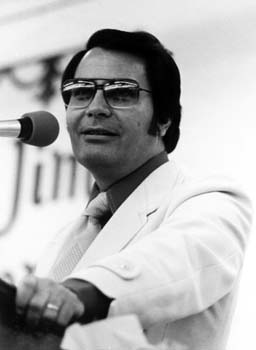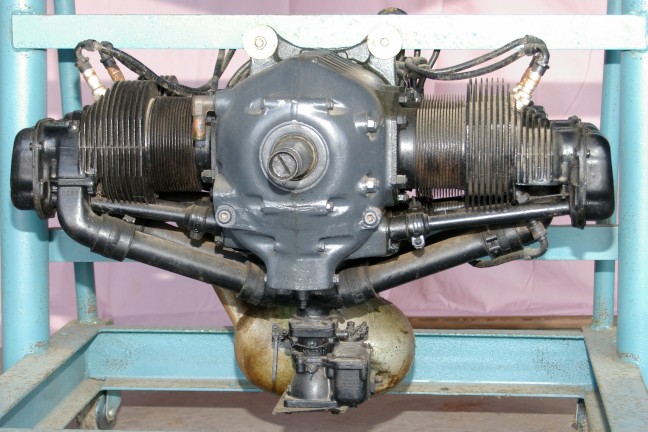R
RocketRick
Guest
Hey.
New member here. Rick..
I was looking into getting a 182 and swaw that in 1977, 1978, 1980, 1996, 2001 Cessna put Lycoming engines in some of their 182s.
I was wondering if many folk here favor the Lycoming over the Continental engines?
thanks
Rick
:wink2:
New member here. Rick..
I was looking into getting a 182 and swaw that in 1977, 1978, 1980, 1996, 2001 Cessna put Lycoming engines in some of their 182s.
I was wondering if many folk here favor the Lycoming over the Continental engines?
thanks
Rick
:wink2:




 .
.


